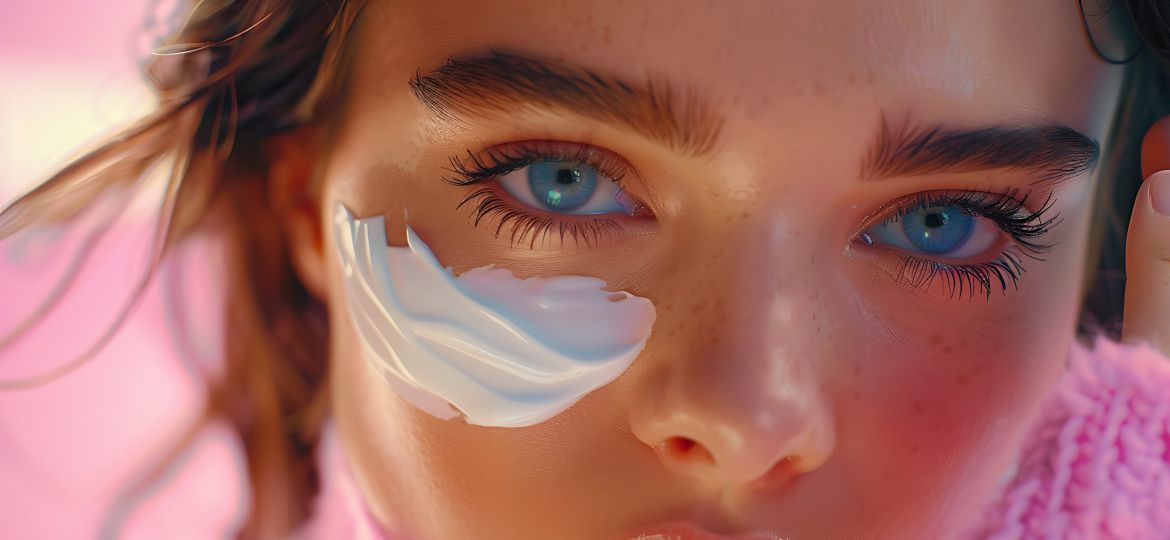
Is eye cream important or will facial moisturizer work just as well? What eye cream works best for a 65-year-old woman?
If it’s just moisture you’re looking for around your eyes, then you are right—moisturizers can be fine for that. Remember, though, that the skin around the eye area has almost no oil glands, so it’s particularly susceptible to wrinkling.
But what if we want to prevent loss of elasticity, wrinkles, and overall skin texture of the eye area? Lasers can certainly help, but those aren’t treatments most people want to do frequently because of the downtime. The key word here is prevention—and if you start using an eye cream or two when you’re young, you won’t regret that decision.
Why an eye cream?
Look at your family members. Can you tell what your pattern might be? Is there more hooding on the upper lids, sagging on the lower lids, puffiness, sun damage, wrinkles, hollows, or discoloration under and around the eyes? This is what you are trying to prevent.
Often Botox or Dysport around the eyes (especially in higher amounts) can cause or worsen puffiness due to reduced lymphatic drainage. An eye cream designed for puffiness can help. Eye creams can also help prevent sun damage, improve skin texture, and even create a slight tightening effect over time.
Which eye cream?
For wrinkling and sun damage, choose an eye cream with retinol—formulated specifically for the eye area since facial products can be too irritating.
For puffiness, use an eye cream that targets under-eye bags and swelling.
For sun protection, look for an eye-area sunscreen.
For an eye-area mask, hydrogel treatment masks are a great option.
For a lightweight moisturizer in the morning, a formula with multiple gentle actives works well.
There are many effective options on the market. You can even make it fun—try hosting an “eye cream party” with friends. Sample several products, share your experiences, and see which works best for each of you.
What a laser can do that an eye cream can’t
Creams work only on the surface. A laser or radiofrequency treatment can deliver deeper results. Short-pulse, “no downtime” systems are generally less effective, while deeper radiofrequency systems are often not approved for use near the eyes. However, certain devices with specialized tips are designed for prevention and mild tightening.
Fractional lasers, erbium lasers, CO₂ lasers, and newer thermomechanical systems can be used safely around the eye area with proper protective shields. These methods go beyond what creams can achieve by stimulating deeper layers of the skin for more noticeable improvement.
